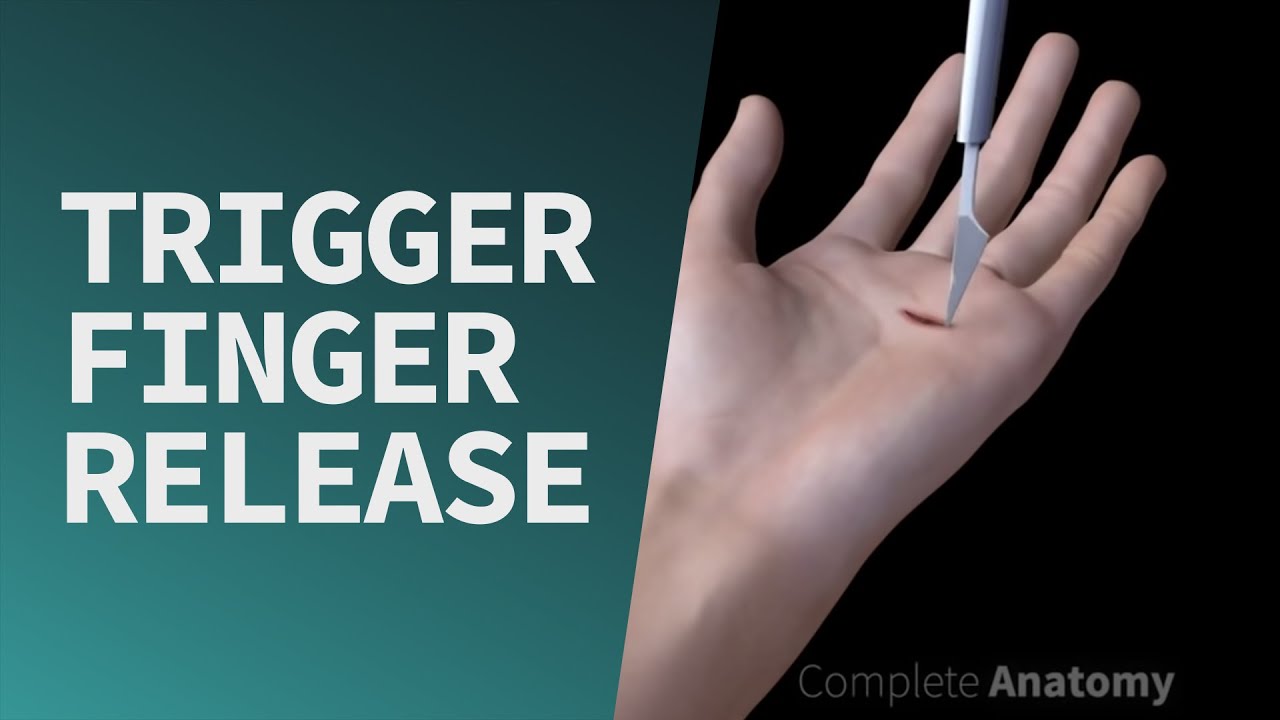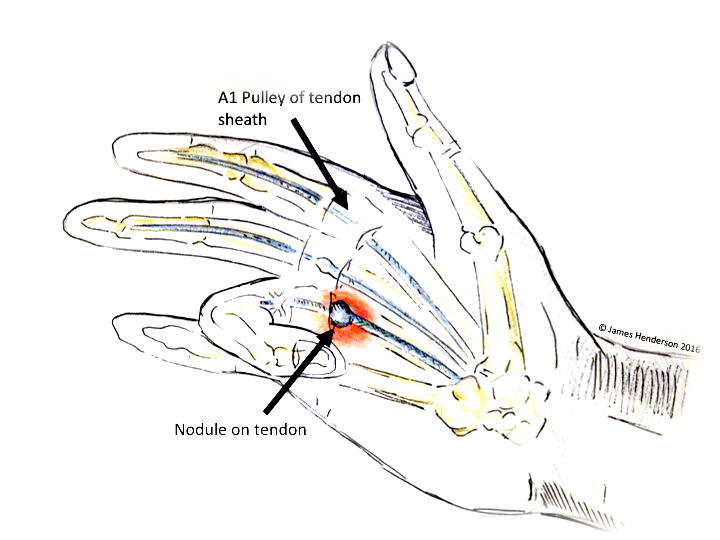
If you have symptoms of trigger finger, you should seek medical attention immediately. It is an inflammatory disorder affecting the flexor tendons in the finger and thumb, limiting the movement. The tendon slides through a sheath, which keeps it in place next to the bones. Trigger finger occurs when this sheath becomes irritated and becomes thick and twisted, causing the tendon to become stuck in a tense area. The finger may lock up, and you will feel a pop every time you try to stretch the finger.
The most common treatment for trigger finger involves reducing the pain and inflammation caused by the condition. The underlying cause of the condition is an inflammation of the tendons. This can cause the sheath to thicken, which makes the flexor tendon unable to move freely. When the sheath becomes enlarged, the finger will be more difficult to straighten. A GP will advise you on the appropriate length of the splint to wear.
In some cases, trigger finger is caused by underlying diseases. This condition can lead to inflammation and thickening of the tendon sheath. This causes the tendons to become stiff and inflamed, which makes them susceptible to damage. The sheath of the finger can cause the condition, and it can cause scarring, popping, or snapping. The underlying health problem may also contribute to trigger finger. For these reasons, it is important to seek medical attention as soon as you begin to experience symptoms of trigger finger.
Trigger finger is caused by inflammation of the tenosynovium in the finger. This inflammation creates a nodule, which makes it difficult for the tendon to glide within the sheath and cause the pain. It is often caused by repeated motions, especially when a person grips excessively. Some other conditions can also cause trigger finger, including hypothyroidism, rheumatoid arthritis, and diabetes. Women are more likely to develop it than men, and it may also appear during pregnancy.
Trigger finger is an inflammatory condition that affects the tendons in the finger. Symptoms of the condition include pain at the base of the finger, stiffness, snapping, and a’sticky’ feeling when you move the finger. It can also result in permanent numbness and tingling in the affected hand. Fortunately, there are several effective treatments available. A doctor can help you avoid the discomfort of trigger finger and restore your strength and flexibility.

A physician may prescribe a steroid injection in your fingers. It is an anti-inflammatory agent that is injected into the tendons of your fingers. It can be a short-term solution or a long-term solution. The steroid injections can reduce swelling in the area and may even improve your symptoms. If your trigger finger does not respond to treatment, it may become a chronic condition that makes it impossible to use your fingers properly.
Inflammation of the tendons of the finger is the most common cause of trigger finger. The tendons of the finger are attached to the bones of the hand and are a major component of movement. During daily activities, the tendons are twisted and cause pain and stiffness. As a result, they tend to pop and snap. If this is the case, you should visit a doctor as soon as possible. This surgery can be performed on an outpatient basis.
A corticosteroid injection is an anti-inflammatory drug that can be injected into the tendon sheath of the finger to treat trigger finger. If a steroid injection does not help, a second injection may be recommended. If your symptoms do not respond to steroid injections, you may need surgery. Site foxsportswausau.com
warns that it is important to closely monitor blood sugar levels after a steroid injection to prevent worsening of the condition.
Trigger finger can be caused by several underlying conditions. These conditions cause inflammation of the tendons that attach the fingers to the palm. As a result, the tendon sheath can thicken, making it impossible for the finger to move. Inflammation of the flexor tendons can lead to a lump on the finger that limits the movement of the finger. It can even lead to stiff fingers.

